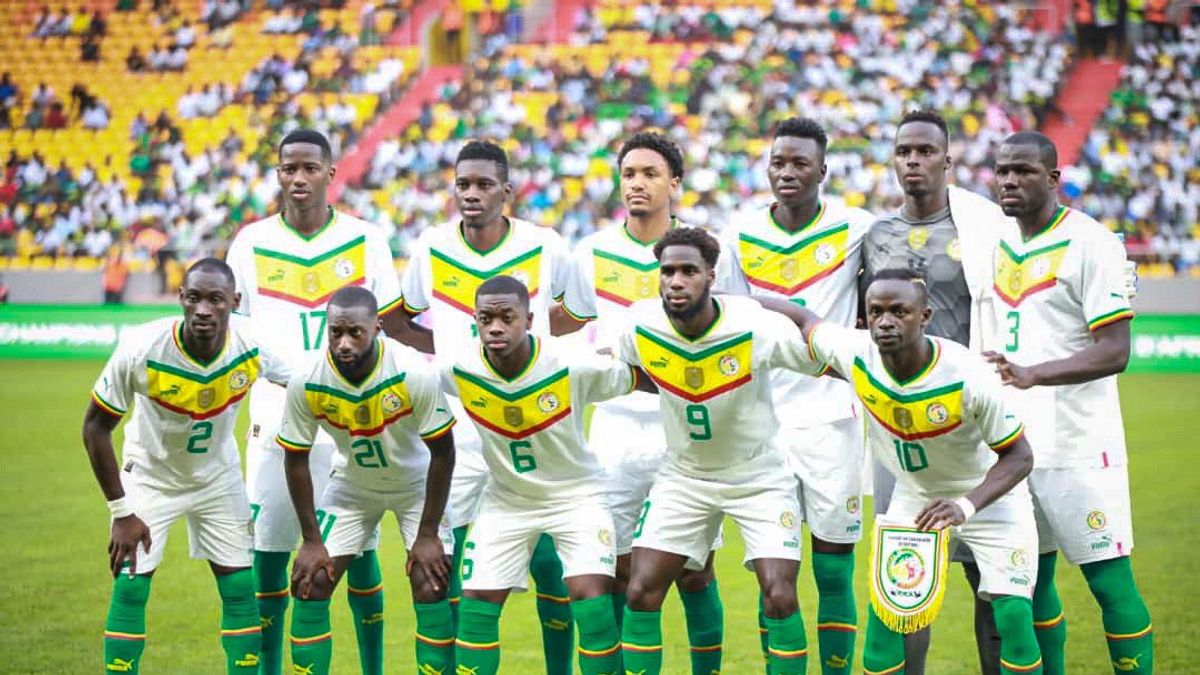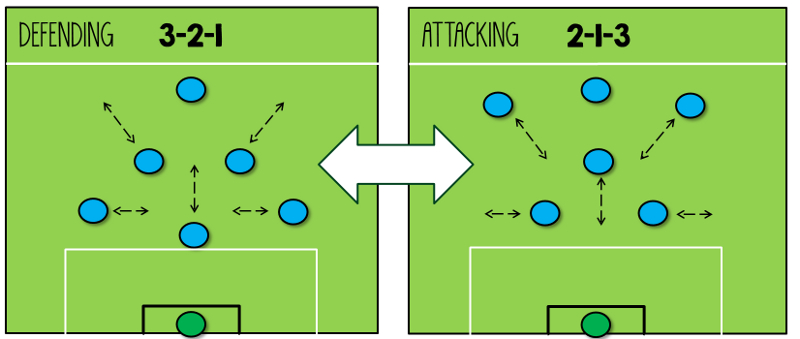“Football Tactics Popular in Senegal
Related Articles Football Tactics Popular in Senegal
Football Tactics Popular in Senegal

Senegal, a nation renowned for its vibrant football culture and passionate fanbase, has steadily emerged as a force to be reckoned with on the African and global stage. The nation’s footballing success can be attributed not only to the immense talent of its players but also to the tactical approaches employed by its coaches. In this article, we delve into the popular football tactics in Senegal, exploring the historical context, key influences, and specific strategies that have shaped the nation’s footballing identity.
Historical Context and Evolution
The evolution of football tactics in Senegal has been influenced by a combination of factors, including the nation’s colonial history, the impact of European football, and the adaptation of local playing styles. During the colonial era, French football had a significant influence on the development of the game in Senegal, with many Senegalese players and coaches adopting the tactical approaches prevalent in France.
As Senegal gained independence, the nation began to develop its own distinct footballing identity. Local coaches and players started to incorporate elements of traditional Senegalese football, such as its emphasis on physicality, athleticism, and individual skill, into their tactical approaches. This fusion of European and local influences led to the emergence of a unique Senegalese style of play.
Key Influences on Senegalese Football Tactics
Several key influences have shaped the development of football tactics in Senegal:
-
European Football: The influence of European football, particularly French football, has been significant in shaping Senegalese tactics. Many Senegalese coaches have studied and adopted tactical approaches from European leagues, such as the Premier League, La Liga, and Serie A.
-
African Football: The tactical approaches of other African nations, such as Nigeria, Cameroon, and Ghana, have also influenced Senegalese football. The emphasis on physicality, athleticism, and direct play that is characteristic of African football has been incorporated into Senegalese tactics.
-
Local Playing Styles: The unique playing styles and traditions of Senegalese football have played a crucial role in shaping the nation’s tactical identity. The emphasis on individual skill, creativity, and improvisation that is characteristic of Senegalese football has been integrated into tactical approaches.

Popular Football Tactics in Senegal
Several tactical approaches have gained popularity in Senegalese football:
-
4-3-3 Formation: The 4-3-3 formation is a popular choice among Senegalese coaches, offering a balance between attacking and defensive stability. This formation typically involves four defenders, three midfielders, and three forwards. The midfielders are responsible for controlling the tempo of the game, while the forwards focus on creating scoring opportunities.
-
4-4-2 Formation: The 4-4-2 formation is another commonly used tactical approach in Senegal. This formation consists of four defenders, four midfielders, and two forwards. The midfielders are responsible for providing width and support to the forwards, while the defenders focus on maintaining a solid defensive line.
-
4-2-3-1 Formation: The 4-2-3-1 formation has gained popularity in recent years, offering a flexible and dynamic approach to the game. This formation involves four defenders, two defensive midfielders, three attacking midfielders, and one forward. The defensive midfielders provide cover for the defense, while the attacking midfielders focus on creating chances for the forward.
-
Defensive Solidity and Counter-Attacking: Senegalese teams often prioritize defensive solidity and rely on counter-attacking to exploit opponents’ weaknesses. This approach involves maintaining a compact defensive shape, winning possession, and quickly launching counter-attacks using pace and skill.
-
Emphasis on Physicality and Athleticism: Senegalese football is known for its emphasis on physicality and athleticism. Senegalese teams often use their physical strength and stamina to outmuscle opponents and win aerial duels.
-
Individual Skill and Creativity: Senegalese players are renowned for their individual skill, creativity, and improvisation. Coaches often encourage players to express themselves on the field and use their individual abilities to create scoring opportunities.
Examples of Tactical Approaches in Senegalese Football
-
The 2002 FIFA World Cup: The Senegalese national team, under the guidance of coach Bruno Metsu, adopted a well-organized 4-4-2 formation during the 2002 FIFA World Cup. The team’s emphasis on defensive solidity, counter-attacking, and individual brilliance helped them reach the quarter-finals of the tournament.
-
The 2019 Africa Cup of Nations: The Senegalese national team, led by coach Aliou Cissé, employed a flexible 4-2-3-1 formation during the 2019 Africa Cup of Nations. The team’s ability to adapt their tactical approach based on the opponent and game situation helped them reach the final of the tournament.
-
Local Clubs: Senegalese clubs often adopt a variety of tactical approaches depending on their resources and playing personnel. Some clubs prioritize defensive solidity and counter-attacking, while others focus on attacking football and individual skill.
Challenges and Future Trends
Despite the progress made in Senegalese football tactics, several challenges remain:
-
Limited Resources: Many Senegalese clubs and academies lack the resources to invest in advanced tactical training and analysis. This can hinder the development of sophisticated tactical approaches.
-
Infrastructure Deficiencies: The lack of adequate infrastructure, such as training facilities and pitches, can also limit the ability of Senegalese teams to implement complex tactical strategies.
-
Brain Drain: The migration of talented Senegalese players and coaches to Europe and other regions can deprive the nation of its footballing expertise.
Looking ahead, several trends are likely to shape the future of football tactics in Senegal:
-
Increased Emphasis on Data Analysis: The use of data analytics to inform tactical decisions is likely to become more prevalent in Senegalese football. Coaches will increasingly rely on data to analyze opponents, identify weaknesses, and optimize their team’s performance.
-
Adoption of Modern Tactical Approaches: Senegalese coaches are likely to continue to adopt and adapt modern tactical approaches from European and other regions. This could include the use of high-pressing tactics, positional play, and other innovative strategies.
-
Development of Local Coaching Expertise: Investing in the development of local coaching expertise will be crucial for the continued progress of Senegalese football tactics. This could involve providing opportunities for Senegalese coaches to study abroad, attend coaching courses, and gain experience at the highest levels of the game.
Conclusion
Football tactics in Senegal have evolved significantly over the years, influenced by a combination of historical factors, European football, African football, and local playing styles. The nation’s tactical approaches are characterized by a blend of defensive solidity, counter-attacking, physicality, athleticism, and individual skill. While challenges remain, the future of Senegalese football tactics is bright, with increased emphasis on data analysis, the adoption of modern tactical approaches, and the development of local coaching expertise. As Senegal continues to invest in its footballing infrastructure and talent, the nation is poised to solidify its position as a force to be reckoned with on the African and global stage.

